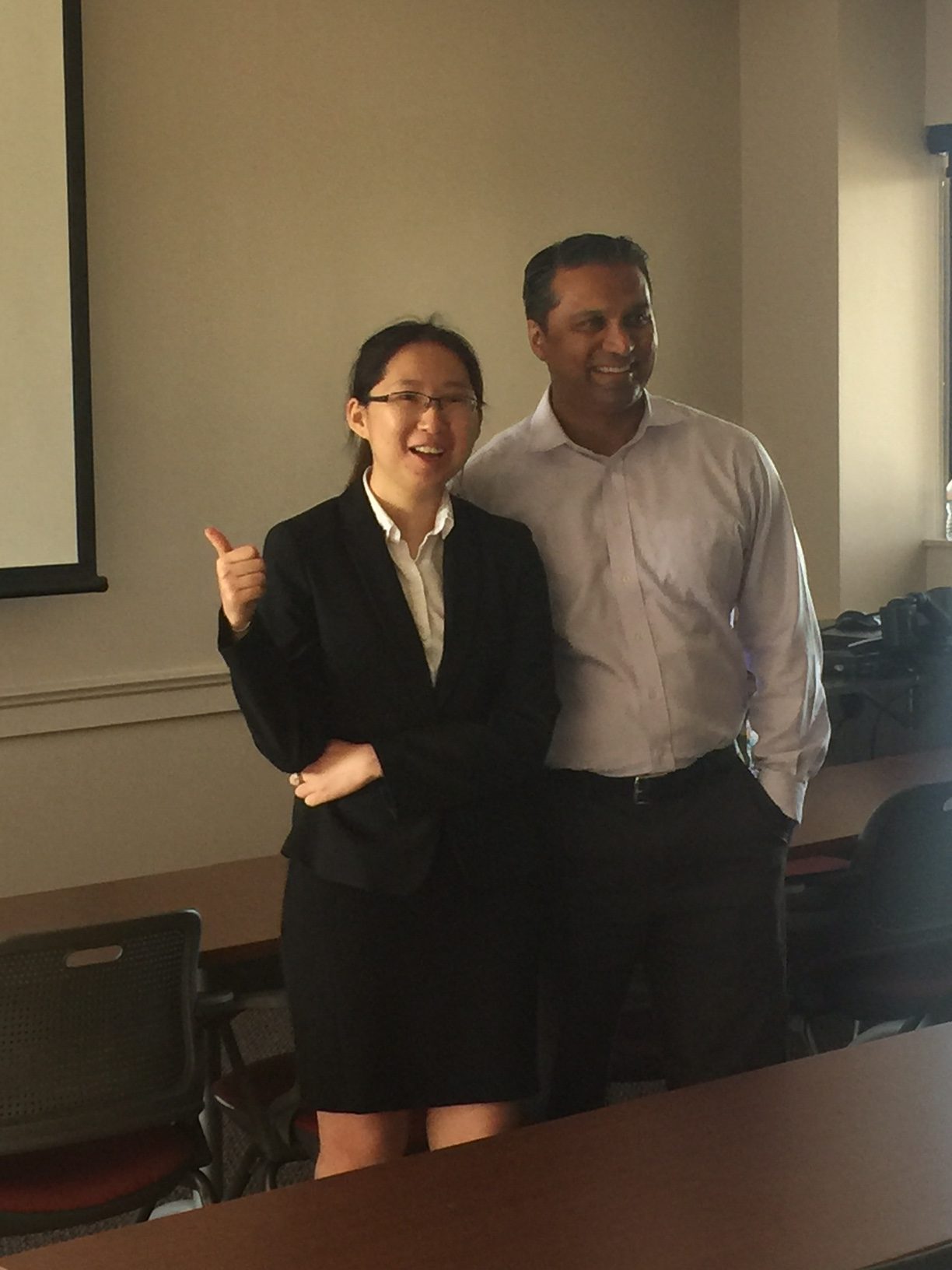Home » 2016
Yearly Archives: 2016
EDPLab Develops a Novel Technique For Feature-Based SLAM
The SLAM problem is known to have a special property that when robot orientation is known, estimating the history of robot poses and feature locations can be posed as a standard linear least squares problem. We have developed a SLAM framework that uses relative feature-to-feature measurements to exploit this structural property of SLAM. Relative feature measurements are used to pose a linear estimation problem for pose-to-pose orientation constraints. This is followed by solving an iterative non-linear on-manifold optimization problem to compute the maximum likelihood estimate for robot orientation given relative rotation constraints. Once the robot orientation is computed, we solve a linear problem for robot position and map estimation. Our approach reduces the computational burden of non-linear optimization by posing a smaller optimization problem as compared to standard graph-based methods for feature-based SLAM. By separating orientation estimation and formulating the robot and landmark position estimation as a linear least squares problem, no initial guess is required for the positions. Further, empirical results show our method avoids catastrophic failures that arise in existing methods due to using odometery as an initial guess for non-linear optimization, while its accuracy degrades gracefully as sensor noise is increased.
[Feel free to study the paper (pdf) submitted for review to ICRA 2017.]
Dan Yu Successfully Defends Her Ph.D.!
Our heartiest congratulations to Dr. Yu on successfully defending! Dr. Yu’s research focused on model order reduction techniques for large scale systems, you may find her publications here. Dr. Yu will continue her research at the EDP Lab.
Decentralized State Estimation via a Hybrid of Consensus and Covariance intersection – Technical Report
This paper presents a new recursive information consensus filter for decentralized dynamic-state estimation. No structure is assumed about the topology of the network and local estimators are assumed to have access only to local information. The network need not be connected at all times. Consensus over priors which might become correlated is performed through Covariance Intersection (CI) and consensus over new information is
handled using weights based on a Metropolis Hastings Markov Chain. We establish bounds for estimation performance and show that our method produces unbiased conservative estimates that are better than CI. The performance of the proposed method is evaluated and compared with competing algorithms on an atmospheric dispersion problem.
Here is a a technical report which is an extended version of the IROS submission with extra proofs and content. TechnicalReport

